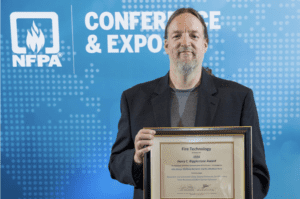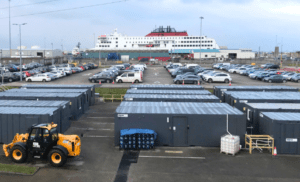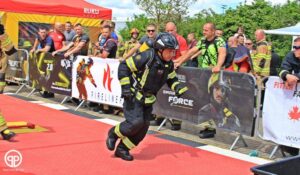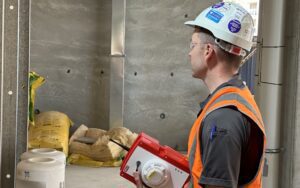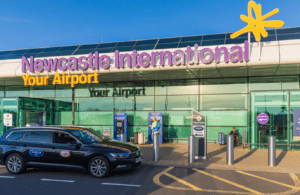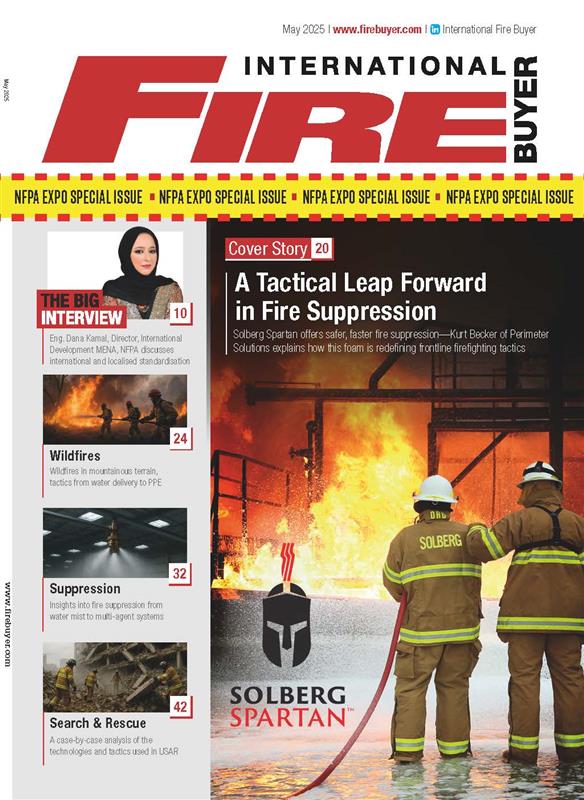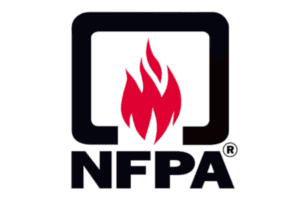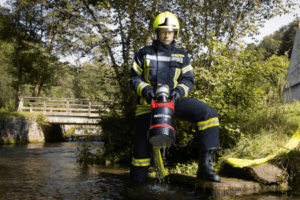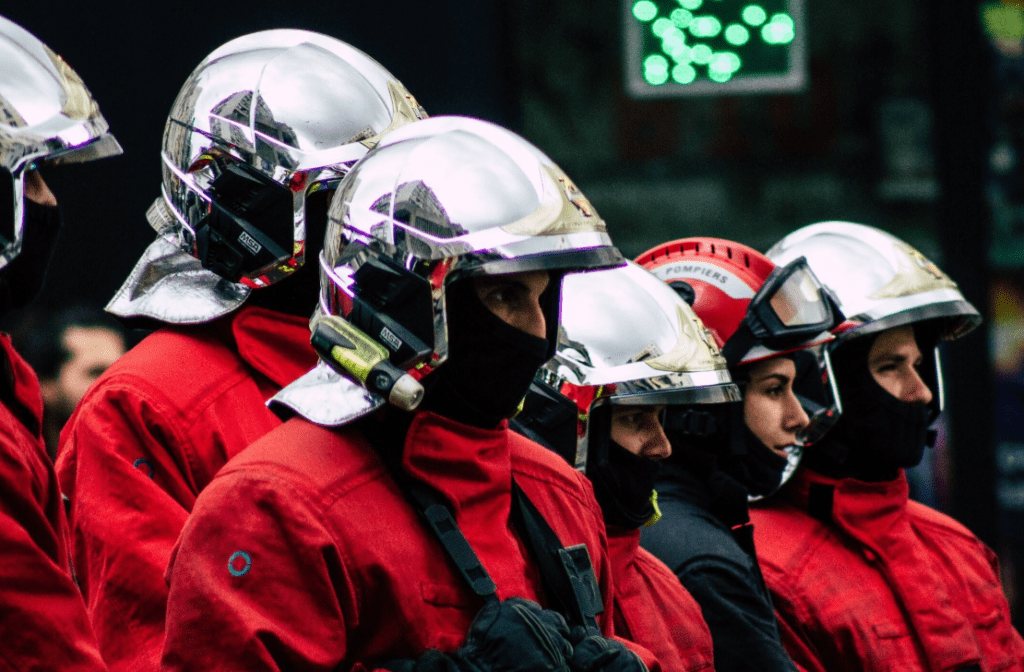New EPDs for Nullifire Intumescent Coatings Range
Nullifire, a provider of passive fire protection solutions, has recently released Environmental Product Declarations (EPDs) for its steel fire protection range. These EPDs cover the intumescent coatings SC802, SC803, SC804, SC901, and SC902. The development of these EPDs was a collaborative effort between Nullifire’s R&D team and Nexio in the Netherlands, highlighting the company’s commitment to environmental transparency and sustainability. Understanding EPDs An Environmental Product Declaration (EPD) is a standardised document that provides detailed information about the environmental impact of a product throughout its lifecycle. EPDs are created according to the guidelines set by the International EPD system and offer a way to communicate a product’s environmental performance transparently and comparably. They include data on the extraction of raw materials, manufacturing processes, product transportation, use, and end-of-life disposal. By adhering to these standardised criteria, EPDs help manufacturers, architects, and contractors make informed decisions regarding the environmental implications of their products and projects. For more detailed information on EPDs, please visit the Environdec website. Nullifire’s EPDs for Intumescent Coatings The newly available EPDs for Nullifire Intumescent Coatings are part of the brands broader strategy to enhance the sustainability of their products. The specific products that now have EPDs are: SC802: A versatile water-based intumescent coating designed for steel structures. SC803: Another water-based option, offering robust fire protection with ease of application. SC804: A solvent-based intumescent coating, suitable for complex structures requiring high durability. SC901: A fast-track, high-performance intumescent coating that offers significant time savings on construction projects. SC902: A two-component intumescent coating known for its rapid curing properties and excellent fire protection performance. The creation of these EPDs involved a detailed life cycle assessment (LCA) conducted by Nullifire’s R&D team in partnership with Nexio. This process ensured that all aspects of the product lifecycle were considered, from raw material extraction to manufacturing, application, and eventual disposal. The resulting EPDs provide customers with comprehensive and reliable data on the environmental impact of these fire protection solutions. Future Prospects for EPDs at Nullifire: Looking ahead, Nullifire plans to continue its commitment to environmental transparency by developing an EPD for its FB750 Intubatt, a coated batt designed for sealing service penetrations in fire-rated walls and floors. This forward-thinking approach underscores Nullifire’s dedication to advancing sustainable building practices and providing stakeholders with the necessary tools to make environmentally conscious decisions. The development of these EPDs marks a significant milestone for Nullifire and sets a benchmark for future product lines. As the construction industry increasingly prioritizes sustainability, Nullifire’s proactive measures in generating EPDs reflect its leadership in the field of passive fire protection and environmental stewardship. See our last issue here. Never miss a story… Follow us on: International Fire Buyer @Firebuyer Fire Buyer Media Contact Rebecca Spayne Managing Editor, International Fire Buyer Tel: +44 (0) 1622 823 920 Email: [email protected]
New EPDs for Nullifire Intumescent Coatings Range Read More »

